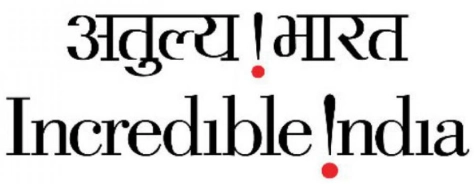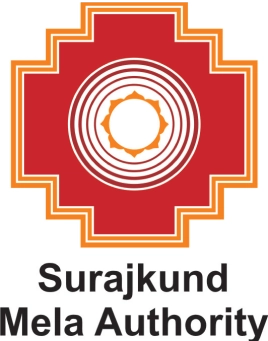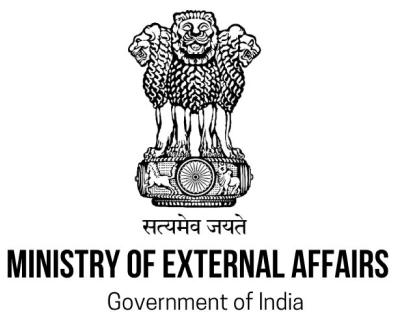At a Glance
Aims and Objectives
- To organise, manage and run the Surajkund International Craft Mela at Surajkund Faridabad with a view to promote handicrafts, handlooms with the aid of craftsmen invited from all over the country.
- To identify languishing and lesser known crafts and to introduce them to patrons.
- To display crafts and loom techniques by organising demonstration sections in the Mela grounds.
- To undertake the promotion of export of handlooms and handicrafts.
- To set up an environment in which rural crafts traditions could be displayed and to project the traditional rural ambience of a typical village near Delhi for travellers who may not have the time or means to visit an Indian village.
Vision
Partner Nation
Theme State
In 1989, the concept of Theme State was introduced for the first time and it has become a major high point of the Mela ever since. The concept of Theme State was conceptualized broadly with a view to promote art, craft and cuisine of every state of India with special focus being on one particular State every year. The aim is to showcase the finest folk traditions of a particular State and thereby alleviating the living standard of its artisans & folk artistes.
Artists, weavers and craftspersons from the theme state are given Work huts to exhibit the best of their crafts. The Theme State brings a right mix of handicraft artisans and craftspersons from the domain of handlooms. Over 300 artistes and cultural performers from the theme state present enthralling recitals/performances representing the distinctive traditions of the state during the entire event.
Interestingly, the Theme State gets the opportunity to decorate its allotted area in its own ethnic style. This space definitely stands out as it wears a unique ambience depicting the culture & ethos of the Theme State. The Theme State also creates a semi-permanent structure known as ‘Apna Ghar’ meaning ‘our home’ where a traditional family of the State resides for the entire fortnight of the Mela. The visitors come face-to-face with the lifestyle, social mores and customs of the people of that particular state.
To make the experience more authentic the Theme State also puts up a Food Stall at the Food Court where its ethnic cuisines are served. The popular cuisines from different areas of the Theme State are prepared to be relished by the visitors.
| Sr. No. | Years | Theme State | Commemorative Structures |
|---|---|---|---|
| 1 | 1987 | -- | -- |
| 2 | 1988 | -- | -- |
| 3 | 1989 | Rajasthan | Shekhawati Gate |
| 4 | 1990 | West Bengal | Vishnupur Gate |
| 5 | 1991 | Kerala | Kottayambalam Gate |
| 6 | 1992 | Madhya Pradesh | Danteshwari Devi Gate |
| 7 | 1993 | Orissa | Mukteswara Gate |
| 8 | 1994 | Karnataka | Hoysala Gate |
| 9 | 1995 | Punjab | Ram Bagh Palace |
| 10 | 1996 | Himachal Pradesh | Maheshwar Temple Gate |
| 11 | 1997 | Gujarat | Gujarat Gali ‘Pol of Gujarat’ |
| 12 | 1998 | North Eastern States:- Assam, Manipur, Arunachal Pradesh, Meghalya, Mizoram, Nagaland and Tripura. | Assam - RANG GHAR Meghalaya - 'Ling Sad' Tripura - UNAKOTI TIRTHA Manipur - Kangla Santhong- |
| 13 | 1999 | Andhra Pradesh | Char Minar |
| 14 | 2000 | Jammu & Kashmir | Khanqah-I-Moulla |
| 15 | 2001 | Goa | The Pergola |
| 16 | 2002 | Sikkim | Sikkim Gate (gate depicting Buddhist symbols like a dragon and Native art) |
| 17 | 2003 | Uttrakhand | A replica of the Badrinath Temple |
| 18 | 2004 | Tamil Nadu | Arjuna Penance Mamallapuram |
| 19 | 2005 | Chhattisgarh | Chhattisgarh Gate (Depicting Tribal Life of the State) |
| 20 | 2006 | Maharashtra | Trimurti from Elephanta Caves |
| 21 | 2007 | Andhra Pradesh (2nd time) | Char Minar Gate (Refurbished) |
| 22 | 2008 | West Bengal (2nd time) | Vishnupur Gate |
| 23 | 2009 | Madhya Pradesh (2nd time) | Bhimbetka Gate |
| 24 | 2010 | Rajasthan (2nd time) | Shekhawati Gate (Refurbished) |
| 25 | 2011 | Andhra Pradesh (3rd time) | Charminar Gate (Refurbished) |
| 26 | 2012 | Assam (2nd time) | Renovated Rang Ghar |
| 27 | 2013 | Karnataka (2nd time) | replicas of the magnificent gates of the Mysore Palace, architectural styles of Belur, Hampi and the world famous monument of Jain Basadis and Bijapur |
| 28 | 2014 | Goa (2nd time) | The Pergola (Renovated) |
| 29 | 2015 | Chhattisgarh (2nd time) | Chhattisgarh gate - built with the tribal spirit and art of the State as the idea. |
| 30 | 2016 | Telangana (1st time) | Warangal gate |
| 31 | 2017 | Jharkhand (1st time) | Maluti Temple |
| 32 | 2018 | Uttar Pradesh (1st time) | Banaras Ghats along with other structures such as Vanya Dwar , Ayodhya Dwar , Awad Dwar ,Sakya Muni Dwar , Bundelkhand Dwar , Bundlekhand Dwar. |
| 33 | 2019 | Maharashtra (2nd time) | Replica of Maha Dwar or Maha Darwaza’ of Raigad Fort |
| 34 | 2020 | Himachal Pradesh (2nd time) | Gate - Ram Bagh of Manali. Replica of Bhima Kali Mandir of Saharan and renovated Maheshwar Devta Temple |
| 35 | 2022 | Jammu and Kashmir (2nd time) | Gate - Mubarak Mandi. Replicas of Vaishno Devi mandir , Baachi Darwaza and House Boat. |
| 36 | 2023 | North Easter Region | The memorial gate that followed the language of bamboo architecture |
| 37 | 2024 | Gujarat | Torans (Columns) from Kirti Toran town of Vadnagar |
Cultural Programs
Programme list will be updated soon.
Craftpersons
Commemorative Structures
Every year, each theme state constructs a replica of one of the popular monuments of its state to be displayed as a Commemorative Structure in the Mela Grounds. The Commemorative structure forms an integral part of the ambience of the fair. These structures are positioned at the entrance for a majestic view. The Inauguration and Closing ceremonies of the Mela are centred around them and thus these structures become a part of the memory and the spirit of the Mela each year.
Over the years these Commemorative structures have become symbols of the plurality of Indian culture. These structures are preserved by the authorities for posterity and as milestones in the journey of this unique fair.
These commemorative structures serve as life size souvenirs for times to come and make a mini India come alive at the Surajkund Mela Grounds.


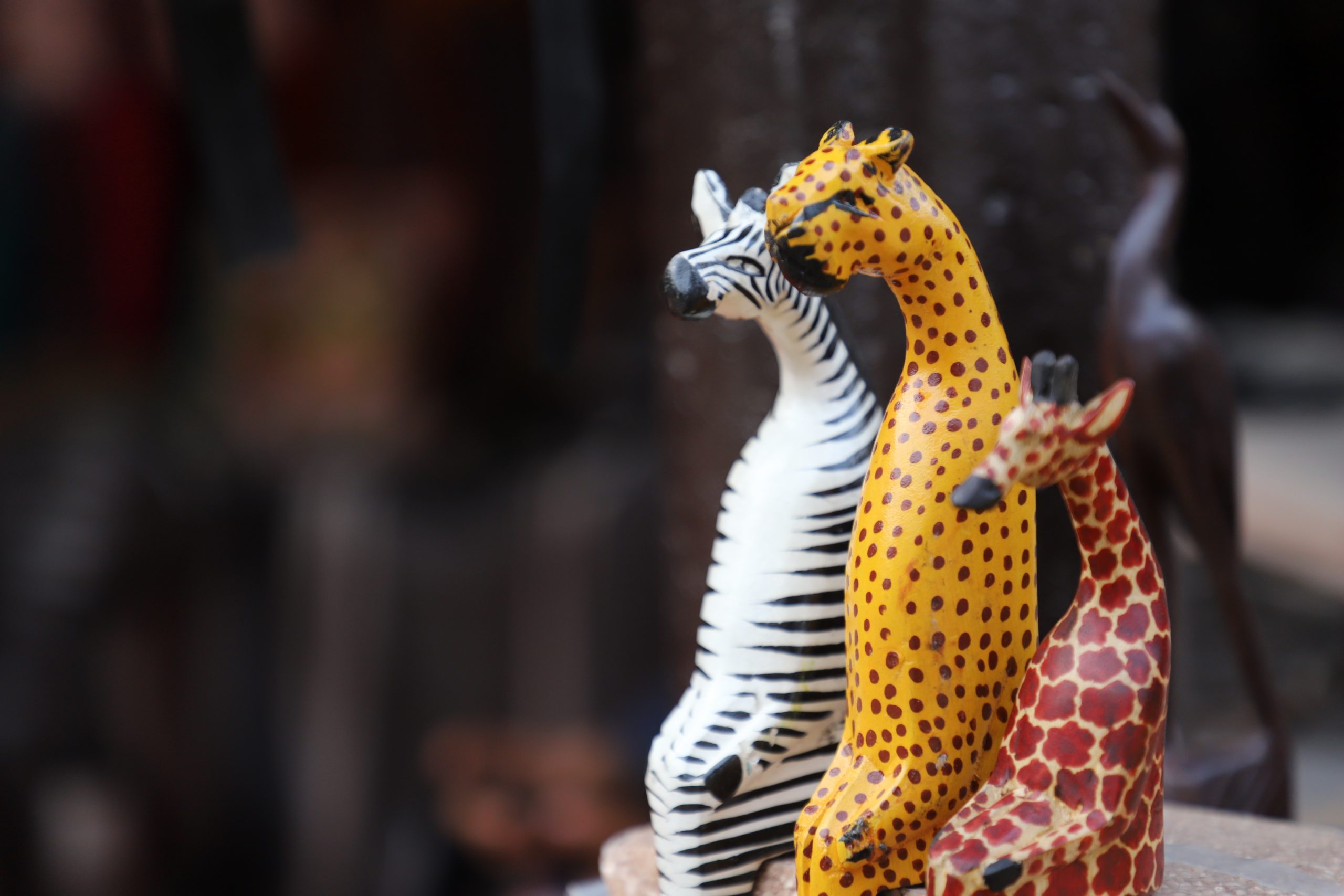
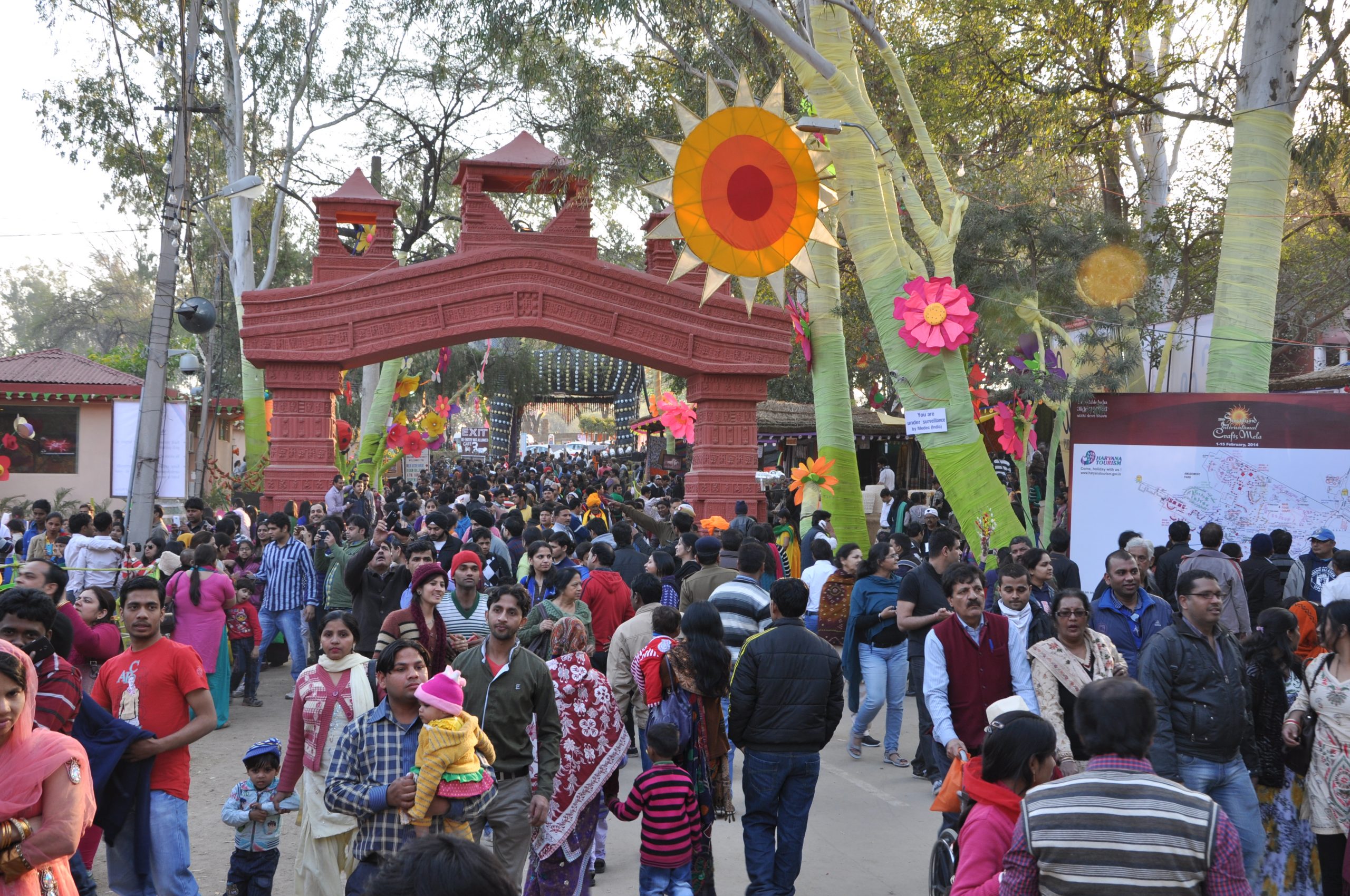
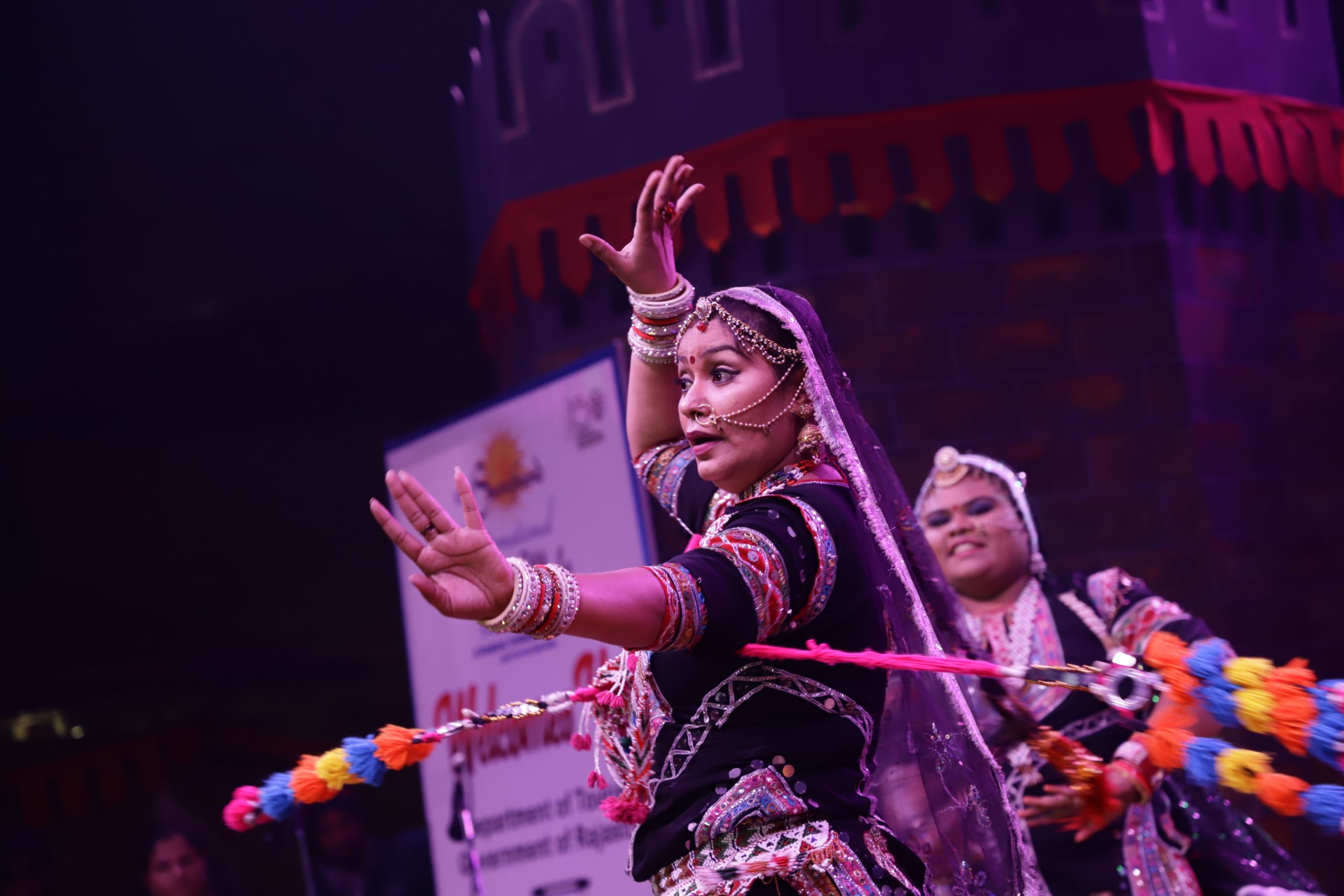

 Brochure
Brochure  Mela Map
Mela Map  Feedback
Feedback  18001205035
18001205035  Online Booking
Online Booking 






